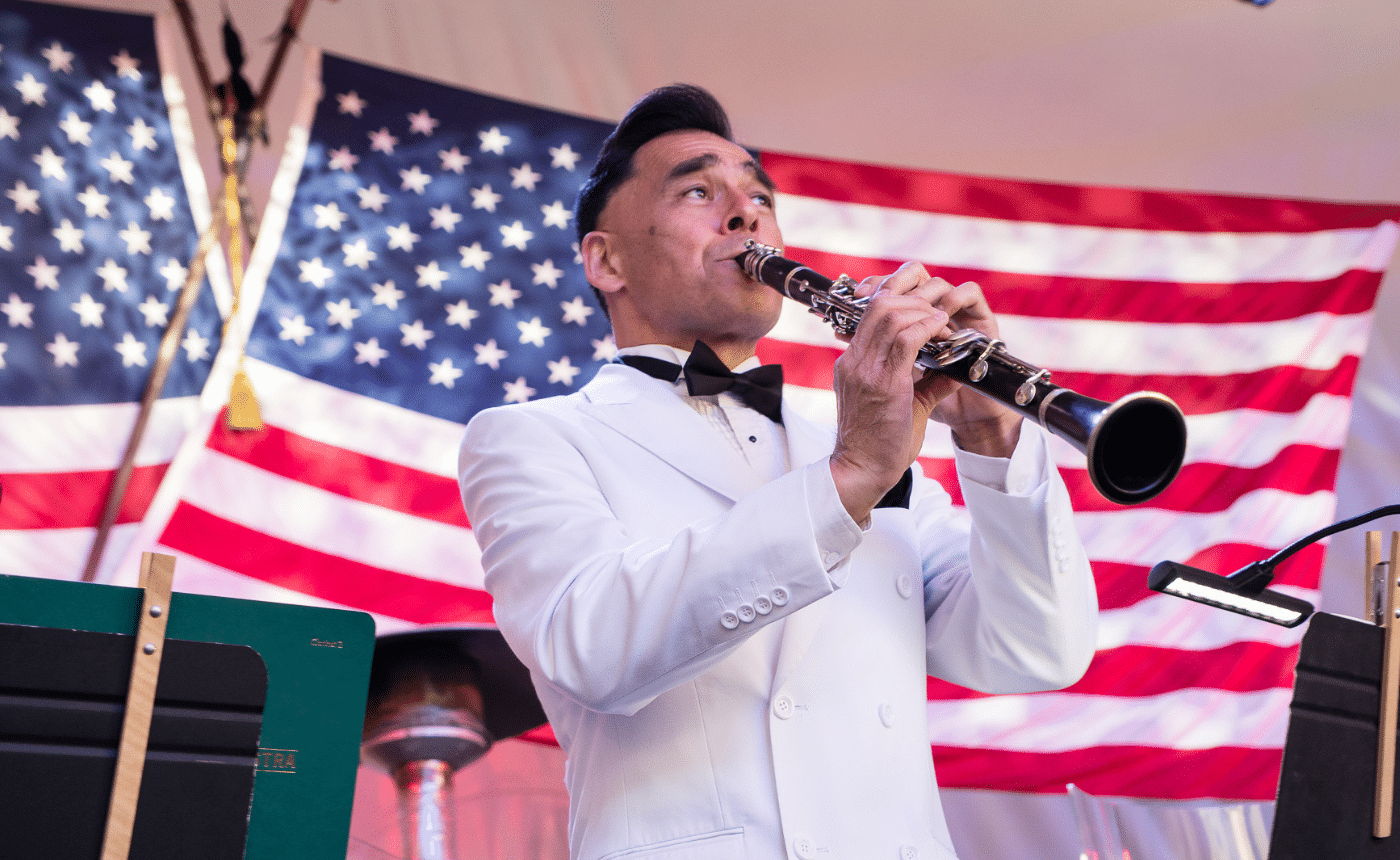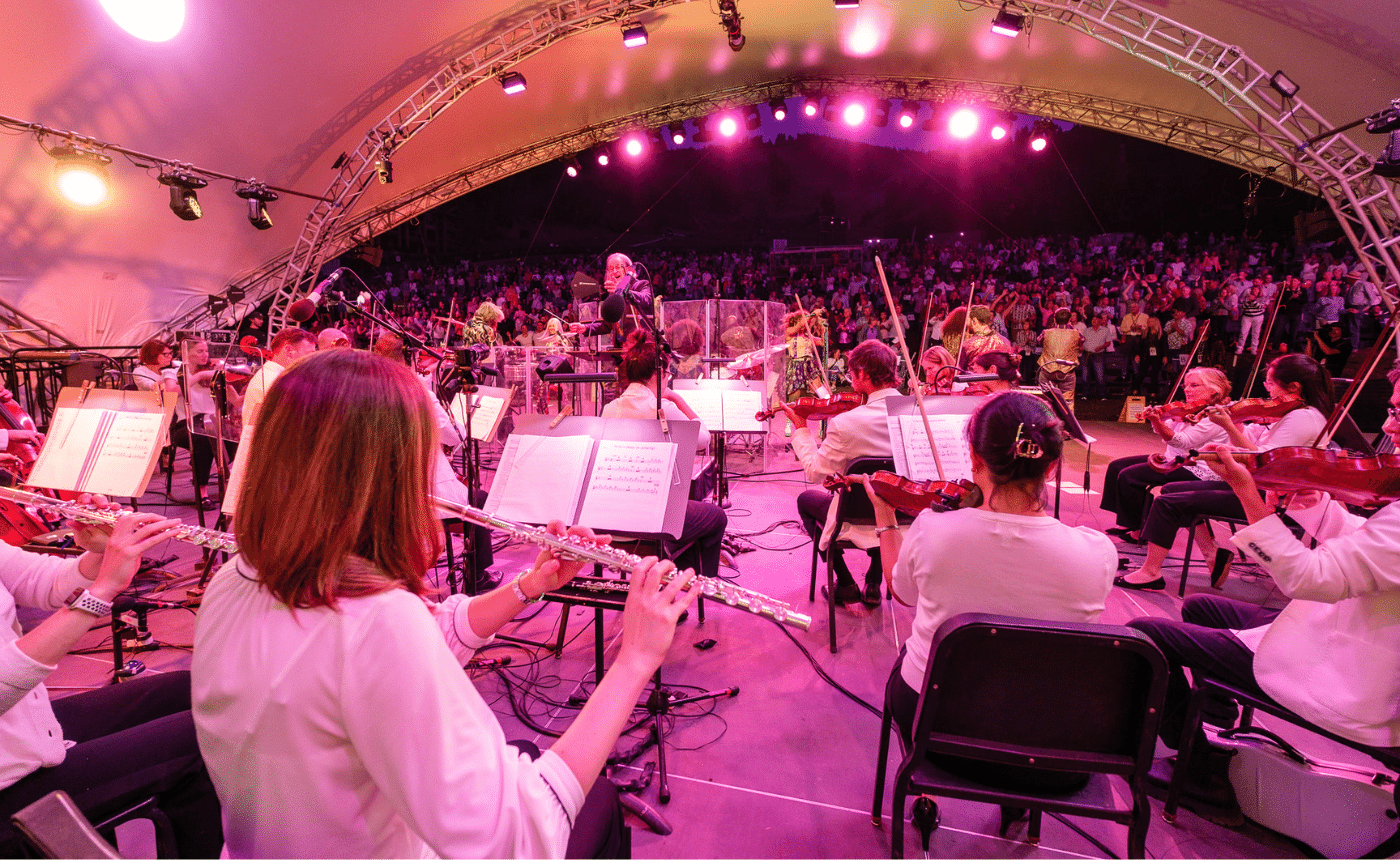Ravel – Boléro
By Jeff Counts
Instrumentation: piccolo, 2 flutes (2nd doubles piccolo), 2 oboes (2nd doubles oboe d’amore), English horn, 2 clarinets (2nd doubles Eb clarinet), bass clarinet, 2 bassoons, contrabassoon, 4 horns, 4 trumpets, 3 trombones, tuba, soprano saxophone, tenor saxophone, timpani, bass drum, cymbals, 2 snare drums, tamtam, celesta, harp, strings
Duration: 13 minutes.
THE COMPOSER – MAURICE RAVEL (1875-1937) – Ravel did quite a bit of touring in 1920s and 1930s and the successes he had on the road made a very good impression at home. One of his most productive trips was a four-month swing through America and Canada in 1928. The visit included several highly visible interviews and lecture appearances where Ravel was particularly keen to discuss his fascination with American jazz and the blues.
THE MUSIC – Like Stravinsky, Ravel was commissioned in 1928 by the dancer/impresario Ida Rubenstein to compose a work for her new ballet company. She was specifically interested in music with a Spanish flair so Ravel proposed an orchestration of several sections of Isaac Albéniz’s Iberia. Unfortunately, the rights to the Albéniz score had already been claimed. This left Ravel with a bit of a problem, as he now had to create a ballet movement from scratch and hadn’t left himself enough time to do it. The brilliant solution Ravel devised to solve this dilemma yielded one of symphonic music’s greatest hits. A single beguiling theme is introduced in its purest form and then simply repeated in one increasingly ingenious 13-minute crescendo. There has never been anything quite like it, before or since, and only the last seconds hint at the possibility of a harrowing undercurrent to this monotone masterpiece. It is easy to wonder whether or not composers, when they complete a new score, know that they have struck public gold. Most of them feign surprise or even frustration with their most famous creations. Ravel, at least, was unequivocal about his intentions. “[Boléro] constitutes an experiment in a very special and limited direction and should not be suspected of aiming at achieving anything other or more than it actually does,” he wrote, “I have carried out exactly what I intended, and it is for the listener to take it or leave it.”
THE WORLD – The 1928 Winter Olympic Games were held in St. Moritz with the Summer Games in Amsterdam. Also in 1928 was the first radio broadcast of the controversial nightly serial Amos ‘n’ Andy.
THE CONNECTION – Boléro has performed often by the Utah Symphony on various concerts. The most recent Masterworks presentation was in 2006 under Jean-Claude Casadesus.












